There’s so much to love about the new Sigma 120-300mm F2.8 DG OS HSM | Sports lens, the third iteration of this unique fast-aperture telephoto zoom lens that pairs the performance of a 300mm F2.8 with the versatility of a constant-aperture zoom for quickly adjusting the composition. This additional features and functions of this new version takes everything that was great about the second edition (read my hands-on from June 2011) and seriously elevates it to stratospheric level.
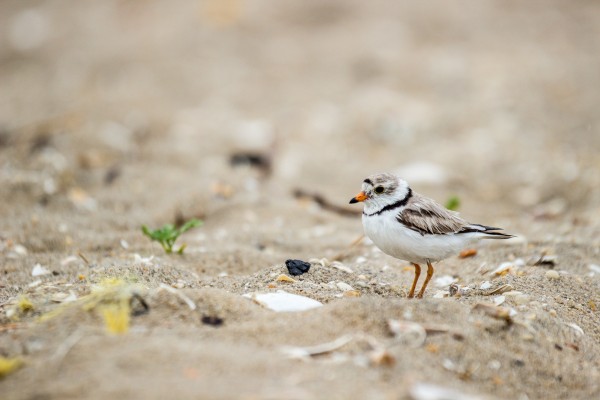
Here’s a quick rundown of what’s new in the Sigma 120-300mm F2.8 DG OS HSM | Sports lens straight out of the included carrying case:
- Three zone Focus Limiter
- More rugged construction, including improved weather sealing
- Three zone Custom Settings button
- A1 MTF testing on every unit before leaving the Aizu, Japan factory
- Improved Tripod collar design, with shoulder strap rings
And when paired with the Sigma USB Dock and Sigma Optimization Pro Software, this lens is incredibly customizable.
- +/- 20 microfocus adjustments at four focal distance and focal lengths
- Three Optical Stabilizer options
- Three Autofocus Speed Adjustments
- Customizable Focus Limiter Settings
- Two Custom Settings, plus factory default adds up to three possible lens performance settings for different photo situations
- SOP recognizes the Sigma 1.4x or 2x teleconverters and allows for custom settings for the lens paired with each teleconverter. Learn more about Sigma Optimization Pro and the USB Dock.
This combination of fast F2.8 reach and range, combined with the unique lens customization is a seriously winning combination for fine-tuning the performance for different subjects.

For example, while working on this story, I made one custom setting with the Fastest Autofocus, Moderate View mode for Optical Stabilizer and no custom focus limiter adjustments in advance of a trip to track birds in flight and on the beach in rainy conditions. And when there was a lot going on in my backyard birdfeeder, I opted to slow down the Autofocus, and set a focus limiter setting to be between twenty and fifty feet, when the lens was paired with my Sigma 1.4x teleconverter.
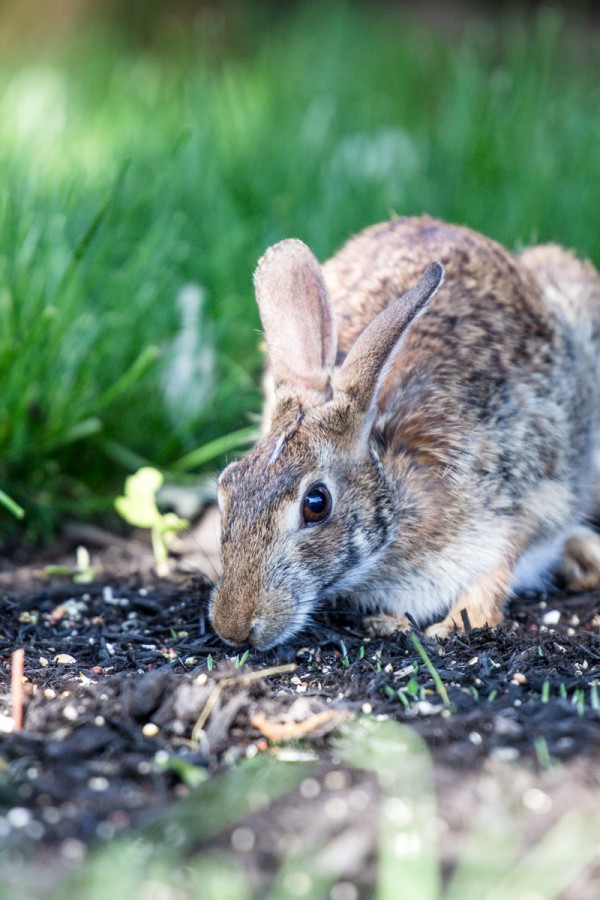
This unique Sigma lens customization is really one of those things that once you try it, you’re going instantly realize how useful it can be for whatever long-reach photography you specialize in. And it really is simple and easy to do so. It only takes about five minutes start to finish the tweak the lens settings.
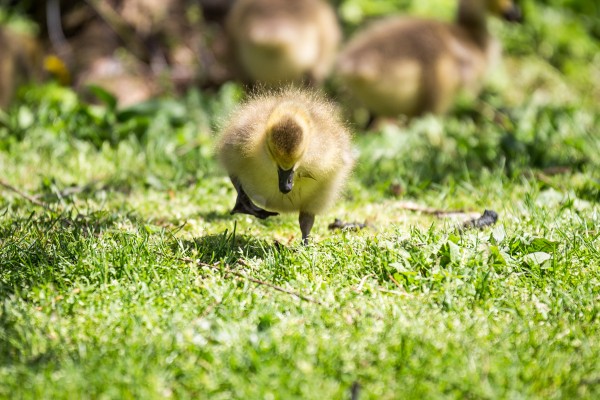
It should be noted that when there is a Custom Setting for Focus Limiter in Sigma Optimization Pro, this overrides the Near-10 meters, 10m-infinity, and full focal range switch. When nothing is selected in Sigma Optimization Pro, you can use the physical switch on the side of the lens to choose your focus limiter settings. Any way you look at it, there’s a lot you can tweak and fine-tune for different circumstances with the new 120-300mm F2.8!
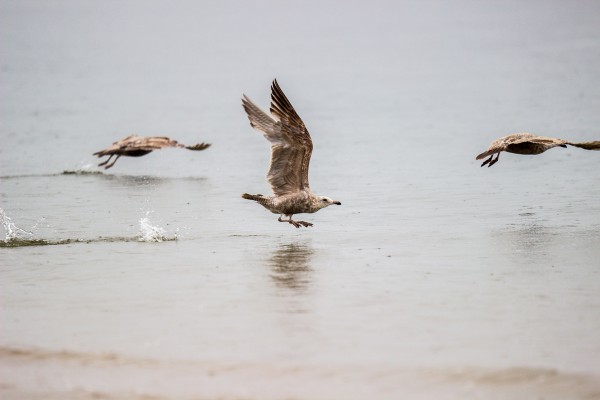
Though the lens is big and long, it is well balanced, and many photographers will be able to hand hold this lens for a long while. But as the shoulder strap is part of the tripod collar, it is worthwhile to keep this on the lens at all times. Hauling any big lenses with a camera-attached strap isn’t the best idea, as the center of gravity isn’t balanced and it can stress the connection points and assemblies on both the camera and the lens. The tripod collar is all metal, and has three sockets for balancing the lens on different mounting plates and tripod heads, and a nice chunky screw-type tightener for locking the ring in place.
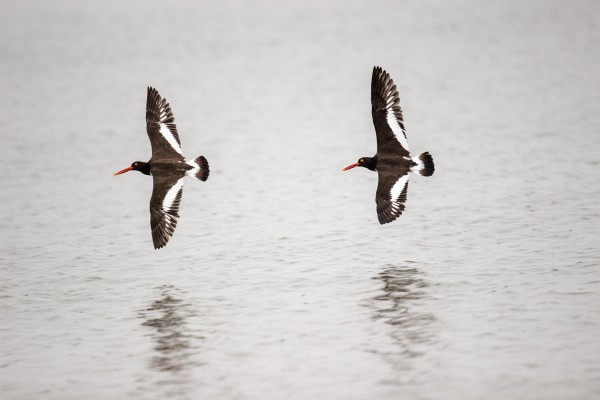
This lens is built rock-solid. The zoom ring and full-time Manual Focus ring are well damped and responsive to a decisive twist without being overly sensitive to nudge it out of focus or rack the zoom while tracking action. Same goes for the four thumb-controlled switches for AF/MF, Focus Limiter Optical Stabilizer and the Custom Settings.

Depth of field at maximum aperture is razor-thin at all focal lengths, especially when close-focused, and objects in front and behind the focal plane are rendered just beautifully. Optical Stabilizer offers two modes, full OS or horizontal-only for panning, and I’ve made some wonderful photos well below the reciprocal of the focal length–I’ve made sharp photos at 1/60 second when paired with the 1.4x teleconverter fully zoomed to 300mm for a 420mm focal length. That’s just about three full stops and the image was perfectly sharp! (Learn more about Optical Stabilization.)
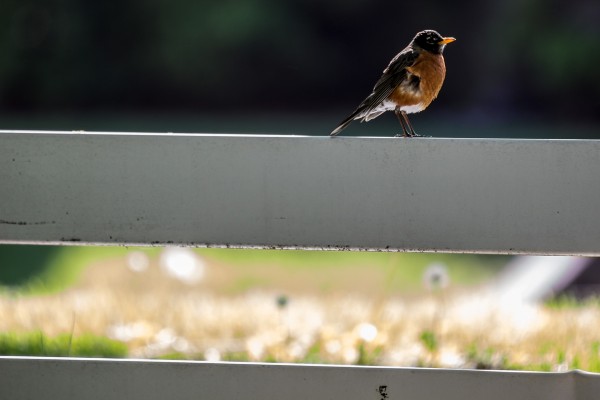
For wildlife and sports photographers, this lens is a serious game-changer, both on full-frame and crop-sensor cameras. And as you can see from the sample photos, I’ve only been able to experiment in depth with wildlife thus far; but check back in a few weeks–we may have some more really cool photos and videos to share made through this one-of a-kind supertelephoto zoom lens. This is the sort of lens that makes you want to get out and make more pictures, and that, truly is what photography is all about.
Learn more about the Sigma Global Vision and how Sigma is rethinking lenses.

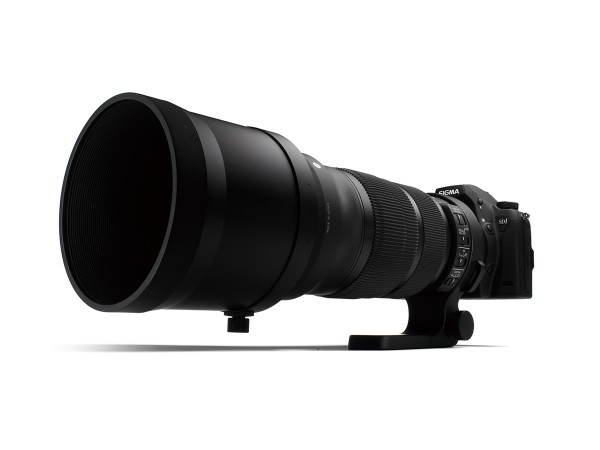
I just received a test model from Sigma. Haven’t had time to really test yet but the first few quick shots free hand at the local river park. I handheld using a fence rest at 300mm and 1/6th of a second with amazing results. Photo of geese was quite usable. I can’t wait to get it on a tripod. More after my week of testing. I have the Canon 400mm but this seems to focus faster and with the programmable capability I thing this may replace the Canon.